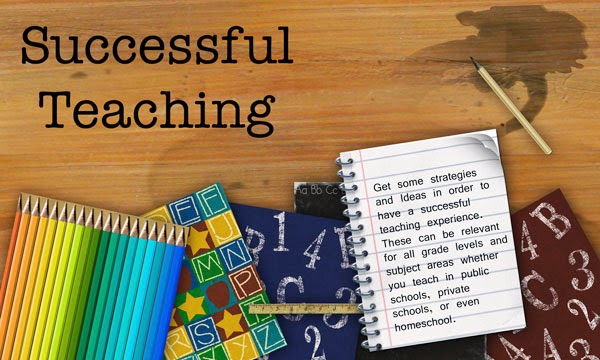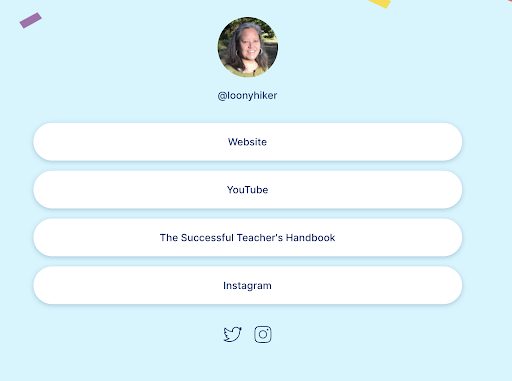I am going to discuss High-Leverage Practices as mentioned
on the CEC website
organized around four aspects of practice. I hope you will join in the
conversation!
“HLP2- Organize and
facilitate effective meetings with professionals and families.”
One of the scariest things I had to do as a new teacher was
to set up and facilitate a meeting with other professionals and families. Luckily,
I had an interim principal (filling in for my principal who was on medical
leave) who was a great role model and ran my first meeting for me. I took lots
of notes on the procedure and who she handled the meeting. Many years later,
when I began teaching preservice teachers, I tried to do the same thing. We had
mock meetings so they could feel comfortable when the real situation occurred.
Then I started coming up with a “recipe” of sorts on how to facilitate the
meeting.
Of course, the district has specific procedures on the
invitation paperwork, who to invite, and deadlines to follow. Once everyone is
invited, the date and time set, it is time to figure out what to do next.
I also ask someone to take minutes of the meeting while I
run the meeting. These minutes are official notes about our meeting, and I ask
everyone to sign them at the end of the meeting.
Agenda: Before we meet, I like to come up with
an agenda to follow during the meeting. This helps keep everyone on track
during the meeting and helps it go smoothly. I usually make contact with the
parents before the meeting to see if there are any issues, they would like to
address during the meeting so I can add it to the agenda.
Greeting and Introductions – After everyone is
seated, I like to introduce myself if necessary and then ask everyone around
the room to introduce themselves and state their positions.
Meeting Agenda – I review the agenda and then
ask everyone if they have anything to add to the agenda. I also make it clear
that we will not meet more than 1 hour and if it goes longer, we will need to
reconvene so that we can cover all the items on the agenda.
Review IEP goals – I always like to review the
goals and tell how the student is progressing.
Other professionals – I ask that the other
professionals if they have anything they would like to add.
Issues – If there are any issues, we go over
each one of them. I like to address the issues from the parents first in case
we run out of time. I want them to feel that their issues are important to us
and that we will address them.
Closing – I like to review what we covered
during the meeting and will ask the person taking notes to read aloud the
minutes. I ask if anyone has anything they would like to add to the minutes. If
everyone is agreed with what was read or added, everyone signs the minutes.
Thank you – I thank everyone for attending the
meeting.
Do you facilitate meetings? What would you add to the list?
Please share.
![]()
![]()
![]()
![]()
![]()
![]()
![]()
![]()
![]()
![]()
![]()
![]()
![]()
![]()
![]()
![]()










